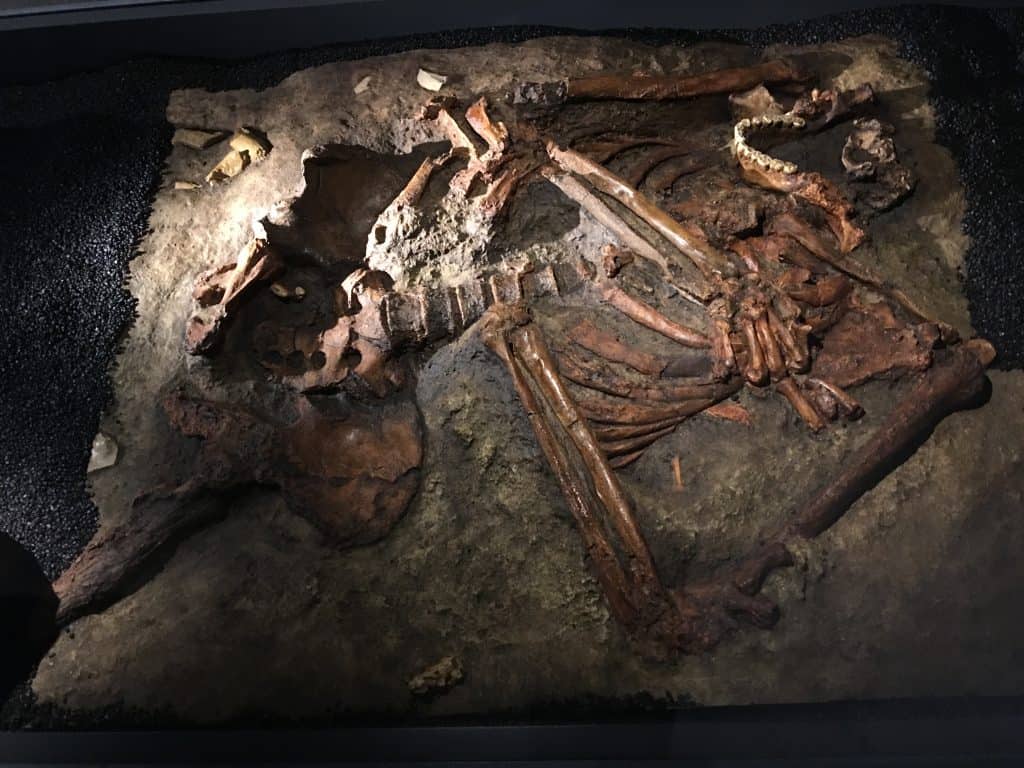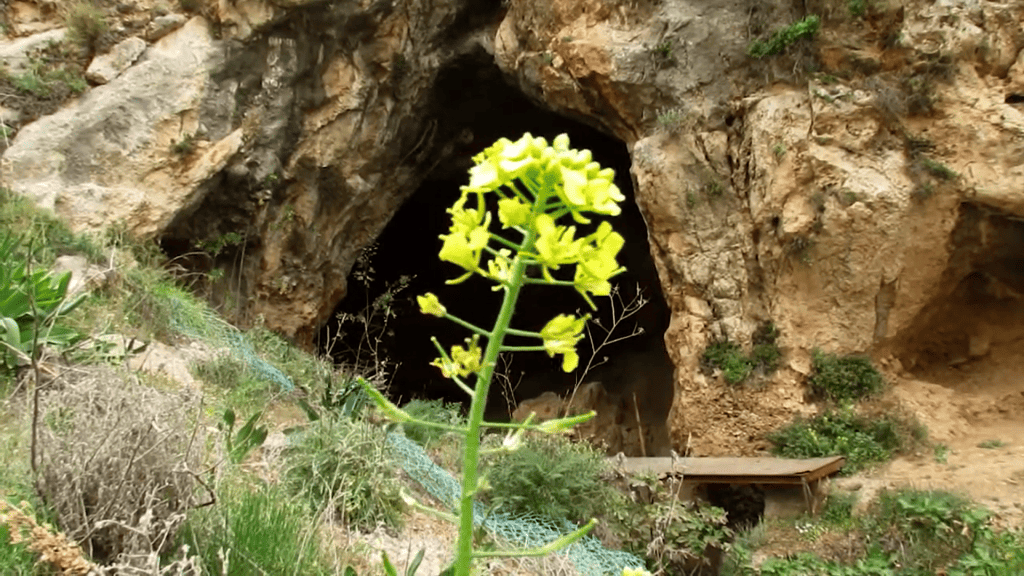Kebara Cave in Israel has yielded remarkable archaeological finds that have significantly contributed to our understanding of prehistoric human history. Among these discoveries stands the Kebara 2 skeleton, an extraordinary Neanderthal fossil that has captivated researchers and provided crucial insights into the lives of our ancient relatives. In this post, we delve into the significance of the Kebara 2 skeleton, shedding light on its discovery, importance, and the valuable knowledge it has brought to paleoanthropology.

Credit: Nicolas Perrault III, CC0, via Wikimedia Commons.
The Kebara 2 skeleton was discovered in 1983 during excavations led by archaeologist Ofer Bar-Yosef at Kebara Cave in the Carmel mountain range. This remarkable find was a pivotal moment in the history of prehistoric research in the region.
An Exceptional Neanderthal Fossil:
Kebara 2 is one of the most complete Neanderthal skeletons ever found, comprising a nearly complete cranium and many postcranial bones. Its exceptional preservation has allowed researchers to glean valuable information about Neanderthal anatomy, behavior, and lifestyle.
Kebara Cave

Insights into Neanderthal Physiology
The Kebara 2 skeleton has provided paleoanthropologists with a unique opportunity to study Neanderthal anatomy in detail. By examining the bones and comparing them with those of modern humans, researchers have gained insights into the physical differences and similarities between the two species.
Behaviors and Culture
Analysis of the skeleton has also revealed valuable information about Neanderthal behaviors and cultural practices. The presence of worn teeth and signs of healed injuries suggests a diet and lifestyle that involved processing tough foods and interpersonal care within the community.
Human-Neanderthal Interactions
The discovery of Kebara 2 has shed light on human-Neanderthal interactions during prehistoric times. Its presence in Kebara Cave, alongside other hominin remains, raises intriguing questions about potential encounters and the coexistence of different human species.
Contribution to Human Evolutionary Studies
The Kebara 2 skeleton has significantly contributed to our understanding of human evolution. Its detailed examination has offered a better picture of Neanderthal lifeways, their ability to adapt to diverse environments, and their potential role in the complex mosaic of human evolutionary history.
Collaboration and Advancements in Research
Furthermore, the study of the Kebara 2 has involved international collaboration among paleoanthropologists, archaeologists, and specialists in various fields. So this cross-disciplinary approach has led to advancements in research methodologies and cutting-edge technologies to analyze ancient remains.
Kebara 2 skeleton: Conclusion
So the Kebara 2 skeleton is a priceless puzzle in exploring our prehistoric past. Its discovery and meticulous study have provided a deeper understanding of Neanderthal physiology, culture, and interactions with early Homo sapiens. As we continue to unlock the secrets of this remarkable fossil, the Kebara 2 skeleton will undoubtedly remain a beacon of knowledge, guiding us on an enthralling journey into the lives of our ancient ancestors and their enduring legacy in the story of human evolution.

